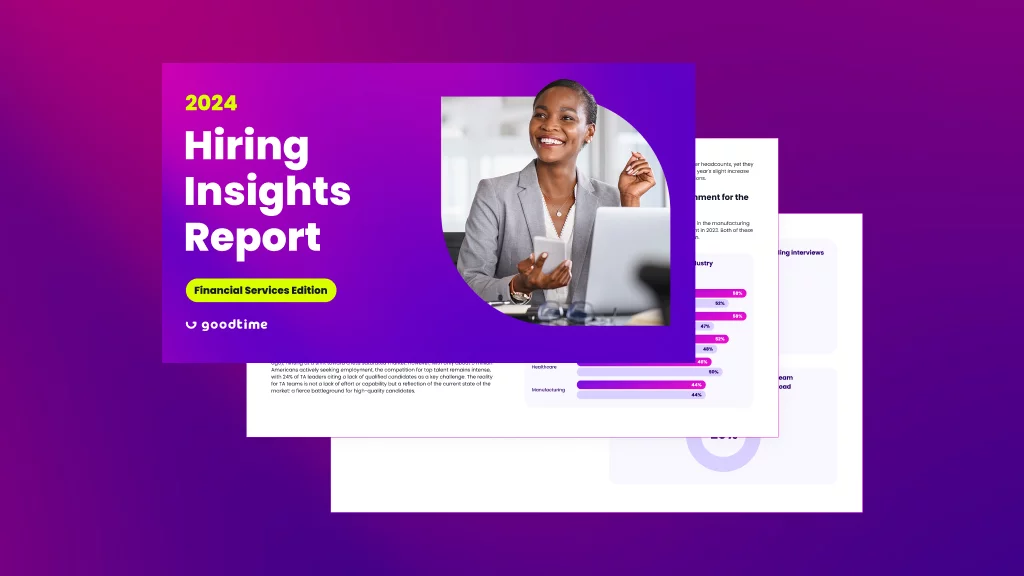An undeniable truth for the hiring world: the COVID-19 pandemic brought about a paradigm shift in the workforce as businesses were forced to pivot to work-from-home overnight. Many increased their layoffs to stay afloat. Amidst these efforts to ensure business continuity, employer-employee relationships and the way they viewed their careers and priorities experienced a drastic change.
Now, people are more open to career changes, often prioritizing flexibility, company values, and mission-driven work in favor of upward mobility. The rollercoaster of global events upended the state of the workforce and highlighted an underlying issue: employee burnout. Frequency of employees burning out during their work hours at home was accelerated by the uncertainty caused by financial, career and health concerns. In a socially distant world, employees also lack the support and tools to effectively identify and fight disengagement.
A Closer Look at Addressing Employee Burnout
With WFH variations setting pace to be the “new normal,” never has employee burnout become a more relevant topic than now, and keeping top talent is paramount. Quality employees are able to secure business objectives, effectively align with company values, and speed up productivity. On the flip side, losing these valuable workers can have a detrimental impact on the organization.
This is especially pertinent as the workforce goes through the Great Resignation – a term to describe the post-pandemic resignation boom. Led by a shift in priorities, the tidal wave of workers leaving their jobs is mostly driven by a desire to feel valued and appreciated by their employers.
Through these changes, TA teams are inundated with hiring more people, picking up the slack of those who have left and continuing to do their own work while not compromising on their own performance. For the employees picking up more than they can carry, burnout is imminent. Unfortunately, this is also a driving factor for many to start looking at new opportunities.
Employers must do more to keep their employees satisfied in order to secure quality hires. One of the main issues that has long plagued the workforce: a lack of mental health support.
With employee burnout and disengagement posing a serious threat to business health, how can talent leaders tackle flight risks effectively?
Keep a Reasonable Work Schedule (And Work Load!)
With WFH blurring the lines between personal and professional life, it can be hard to tell when it’s closing time. In fact, studies have shown that remote workers tend to experience burnouts more than their on-site counterparts. Perhaps this is due to juggling work and home life simultaneously, in addition to family or pets.
Even in the office, workers are often expected to stay past the usual 9-to-5 just to fulfill manager or customer expectations. They end up feeling pressured by work, and in turn, can have a negative effect on quality and productivity. Enforcing office hours, even in remote situations, can go a long way in promoting a healthy work/life balance.
For hiring teams trying to maximize quality interviewers, interviewer training and load balancing the interview workload is critical to stave off burnout of top performing employees (ie, the folks who do most of the interviewing.)
Raise Mental Health Awareness
Employee burnout is not new. More often than not, employees themselves do not realize what they’re experiencing before it’s too late. They may just attribute this to general exhaustion or a lack of motivation, without acknowledging its severity.
Normalize vocalization of mental health issues in the workplace. This can encourage employees who are feeling overwhelmed to speak out. Proactiveness on the employer’s part can also identify flight risks and potential burnouts.
Keep Communication Constant
Detachment from a job can happen due to a lack of support and a close relationship with their peers. Employees who work in silos may have feelings of separation and loneliness. To prevent this, it is important for managers to keep a constant line of communication.
Schedule weekly meetings to check in on teams, manage expectations and receive feedback. Bonding sessions are a great way to build closer relationships between teams, essentially forming a robust support system for employees.
Encourage PTO and R&R
Taking time off work can do wonders for an employee’s well being. Encourage employees to use their vacation days so that they are not constantly working. GoodTime offers flexible R&R for all employees who need to take time off, whether it’s for a vacation or just a mental health day.
During this time, ensure that you have enough resources to manage without them. It can be frustrating for an employee when they are still required to tend to work matters, or even worse, cut short their off days to return to their desk.
Lead by Example
The chances are that your employees are spending one-third of their day in the office. It is crucial that this is an environment that they are safe and comfortable in. Promote mindfulness and a healthy work/life balance by creating an environment that employees want to work in. This can be through company initiatives, such as benefits like wellness programs. It can also be as simple as providing workers with a comfortable space, such as using ergonomic chairs or a pleasing interior design.
While burnout has a direct impact on employees, it can lead to devastating effects on business performance. Managers and leaders play a key role in warding off employee burnout. As we continue to navigate the new era of work, we must be prepared to embrace new solutions and adapt to survive.
GoodTime Transforms Interviewer Training
It’s time to make a shift toward candidate-centered, connection-driven interviews.
Learn more about how to make that happen for your team to win top talent faster and create more meaningful connections with candidates than ever before.




